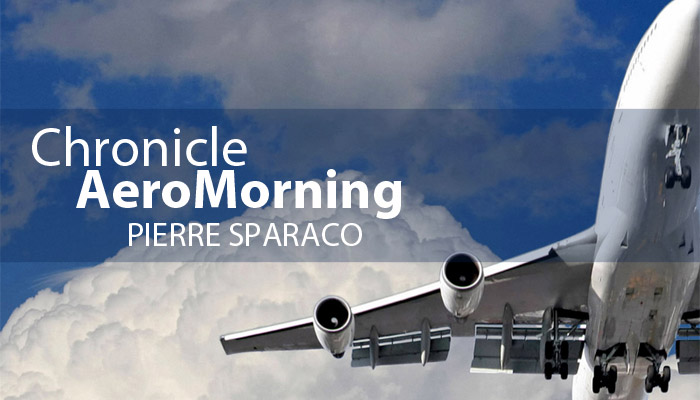The China air show in Zhuhai has provided a launch platform for the C919, the declared competitor of the A320 and 737. The Chinese, naturally, kept the scoop a secret until the last minute: a hundred or so orders, including – and this is a key milestone – those signed by the American leasing firm GE Commercial Aviation Services. The C919, having beaten the Russian MS21, thus becomes the first challenger to break the Airbus-Boeing duopoly. Meanwhile, the ARJ21 regional aircraft apparently has already chalked up 300 orders and its representatives are ready to target the international market without further delay.
The C919 is also the first aircraft in its class to be powered by CFM International’s new generation power plant, the Leap-X1C, built by General Electric and Snecma. This is a dazzling start, with the bonus of a new twin turboprop, MA700, which will challenge the ATR 72 head-on. If the Chinese find the right tone and quickly adapt to the customs of the global aviation market, they are likely to carry off some stunning victories. Paradoxically, this may not be the case for the Russian MS21.
Philippe Jarry, former director of marketing and strategy at Airbus, in referring to this situation says that the aeronautical world is experiencing an earthquake, which provides a better summary than the cautious diplomatic language of his former colleagues who are still at the task. In short, events are accelerating, and it is difficult, due to lack of hindsight, to set them in their rightful context. We know that nothing is ever definitive, never engraved in stone, and especially not in aeronautics. This event no doubt provides proof of that observation.
Speaking at the recent aerospace book festival in Toulouse-Blagnac, France, Philippe Jarry used a simple and brutal historical reference to remind us that in the years after WW II, the Comet and Caravelle held 100% of the commercial jet market – before collapsing. In 1970, American manufacturers held 97% of the market, and the Europeans only 3%…
Today, it remains to be seen whether or not the market has room for more contenders. For example, in the field of regional aircraft another duopoly, that of Bombardier and Embraer, has just collapsed. Antonov, Comac, Mitsubishi, and Sukhoi all have grand ambitions. The Netherlands also hope to find a place with the revival of the Fokker 100, equipped with new engines and systems.
It is still too early to know whether the airlines, which have a free choice of suppliers (this was not always the case in the past), are ready to turn to new, untried suppliers. This is far from certain but, still, it is useful to look back and remember that 40 years ago when Airbus was created, it had no legitimacy except for the technical attractiveness of its first aircraft, the A300B. Saying that the start was difficult is an understatement. Airbus had to demonstrate abundant perseverance to achieve its first success. With this in mind, no doubt the Zhuhai 2010 air show is a turning point.
Pierre Sparaco-AeroMorning
Translated by Tim Bowler
A New World – This time, the Chinese have really entered the race








Be the first to comment on "A New World – This time, the Chinese have really entered the race"